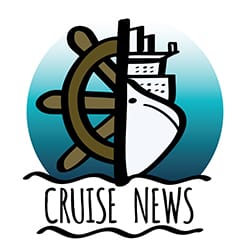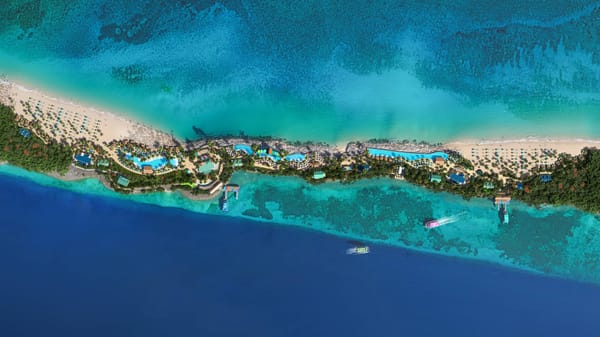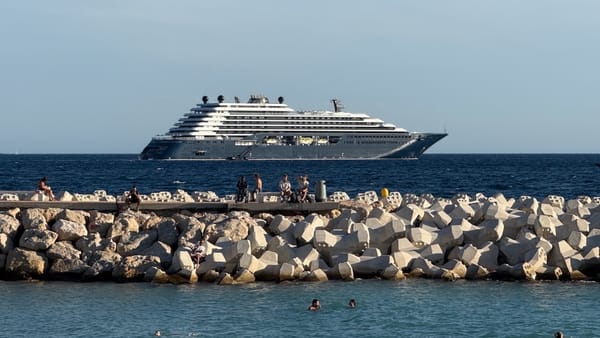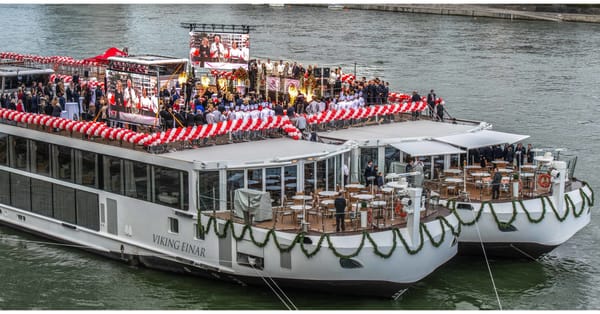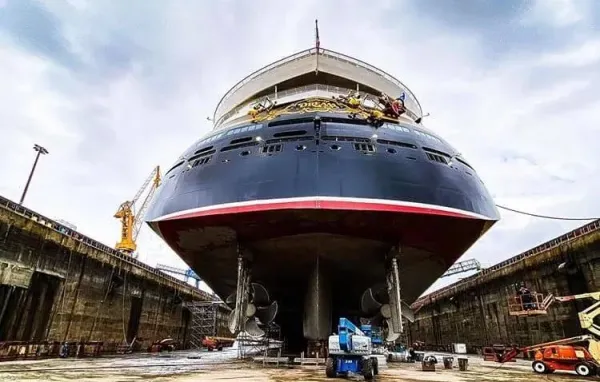Cruise Lines Boost Security on Routes Prone to Modern Piracy
Modern piracy remains a concern on key cruise routes, prompting advanced defenses and ongoing global cooperation as operators balance passenger safety with continued demand for high-risk itineraries.
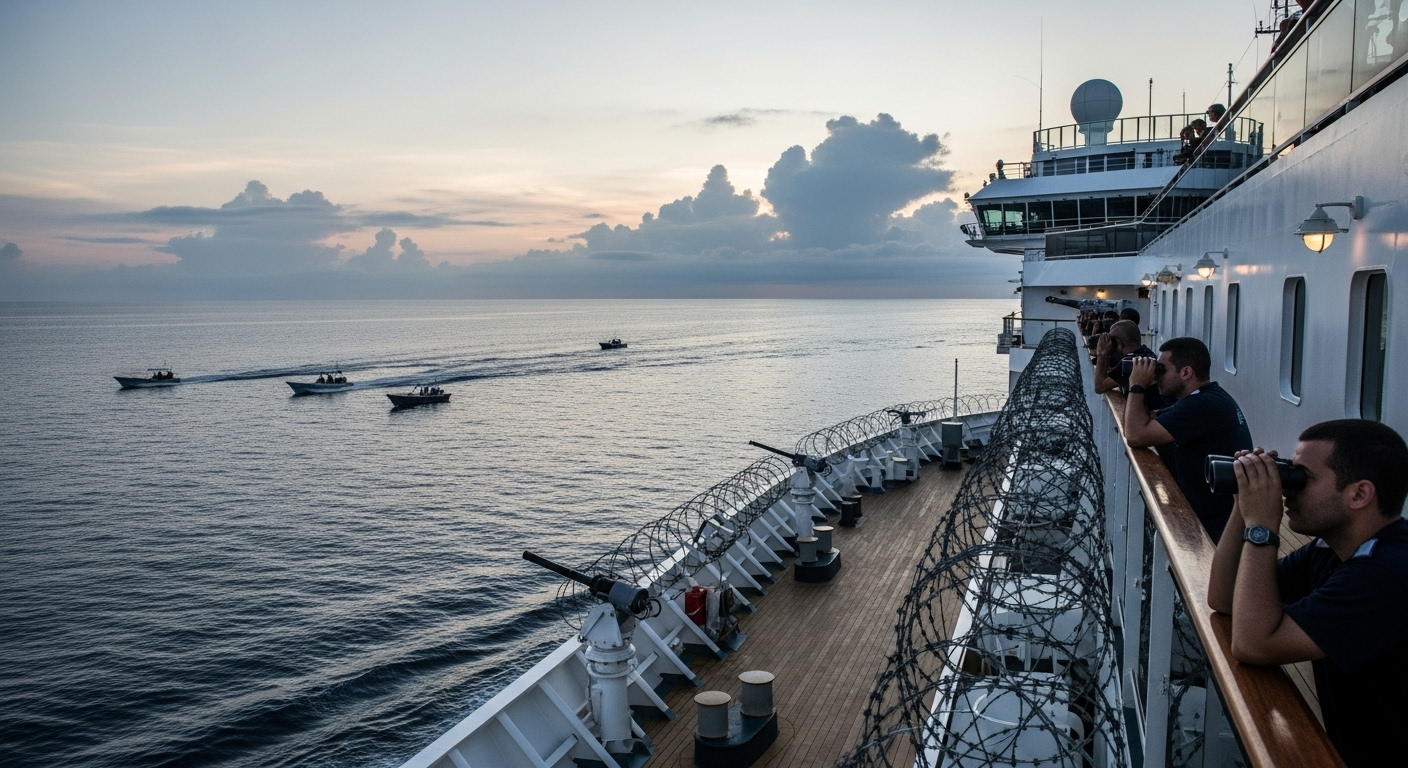
Cruise lines continue to face ongoing concerns over modern piracy, especially when navigating regions widely recognized for illicit maritime activities. Although cruise ship attacks remain rare compared to incidents targeting cargo vessels, reported encounters in the Gulf of Aden, the Somali Coast, the Gulf of Guinea, and the Strait of Malacca underscore the persistent threat. These high-traffic routes require vigilant security measures, as pirates today often rely on fast motorboats and strategic planning to ambush ships carrying passengers and valuable commodities.
High-Risk Regions
Several areas around the world are consistently identified as piracy hotspots. The Gulf of Aden and the Somali Coast have long been notorious for piracy, prompting international naval patrols and the use of armed guards. West Africa’s Gulf of Guinea faces limits in local enforcement capacity, making it an emerging center of maritime crime. Meanwhile, the Strait of Malacca (connecting the Indian and Pacific Oceans) remains a critical transit corridor for countless ships each year, historically attracting organized pirate groups.
Defensive Measures and Industry Collaboration
Modern cruise ships employ sophisticated tactics to avert piracy attempts. Advanced radar and sonar systems enable early detection, while onboard surveillance cameras help confirm possible threats. Vessels carry water cannons for repelling smaller boats, barbed wire to deter forced entry, and Long Range Acoustic Devices (LRADs) that emit disorienting sounds. Some lines also outfit their ships with P-Traps, a system designed to entangle approaching crafts.
When potential pirate vessels are detected, crew members initiate evasive maneuvers and can accelerate faster than most unauthorized boats. Firearms are generally not openly carried to minimize onboard safety risks, though some ships maintain securely stored weapons for emergencies. In international waters, cruise operators may call upon foreign navies for assistance. However, local jurisdictional limits often require government approval before external interventions proceed in territorial seas.
Rare but Notable Incidents
Although piracy incidents involving cruise ships are uncommon, historical cases illustrate the need for preparedness. In 2009, the MSC Melody thwarted an attempted boarding off the Somali coast when passengers and crew repelled pirates with improvised defensive tactics. Two years later, in 2011, the Spirit of Adventure performed sharp maneuvers near Tanzania to avoid hostile approaches.
More recently, heightened security measures were visible when the Cunard Queen Anne sailed from Australia to the Philippines, a route passing regions with known piracy activity. Passengers followed strict guidelines such as remaining indoors at night and dimming unnecessary lights to reduce visibility from potential aggressors.
Global Efforts and Ongoing Challenges
Maritime organizations worldwide continue to develop strategies to combat piracy. International naval campaigns off the Somali coast have helped reduce attacks, demonstrating the importance of collaboration. Nevertheless, in places like West Africa, sovereignty concerns and regional complexities can delay cohesive responses. Each high-risk zone calls for tailored solutions that blend onboard protective measures with global partnerships among governments, shipping companies, and security agencies.
Industry officials emphasize that, while occurrences of piracy against cruise ships are low, consistent vigilance is essential. Operators adjust routes, train crews, and update onboard technologies, underscoring the cruise sector’s resilience and commitment to passenger safety.
Frequently Asked Questions (FAQs)
Why do cruise lines continue operations in areas known for piracy?
Despite potential risks, these routes are popular among travelers seeking unique experiences. Cruise lines manage threats by implementing enhanced safety protocols and carefully selecting transit times and paths to minimize exposure to pirate-prone zones.
Where are pirate attacks most common?
Pirate incidents largely concentrate in the Gulf of Aden and Somali Coast (East Africa), the Gulf of Guinea (West Africa), and the Strait of Malacca (Southeast Asia). Each presents distinct challenges due to variable levels of regional law enforcement and resource availability.
What technologies do cruise ships use to detect and deter pirates?
Cruise operators rely on radar and sonar systems for early warning, supplemented by visual surveillance. Defense tools include water cannons, LRADs for sound deterrence, barbed wire along exposed ship sections, and P-Traps designed to immobilize approaching boats.
How rare are pirate attacks on cruise ships?
These incidents are exceedingly uncommon, with only a small number reported in recent decades. Extensive security procedures, rapid maneuvering abilities, and coordinated communication networks help cruise lines remain prepared against pirate threats.
Have there been successful interventions by naval forces against pirate attacks?
Yes. International naval patrols, especially off the Somali coast, have disrupted numerous piracy attempts, offering armed support and monitoring critical passageways. Such coordinated efforts have significantly curtailed attacks in recent years.
